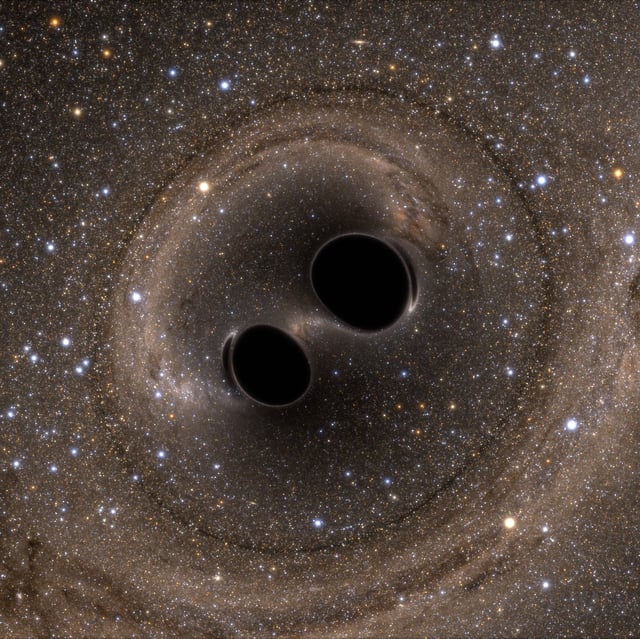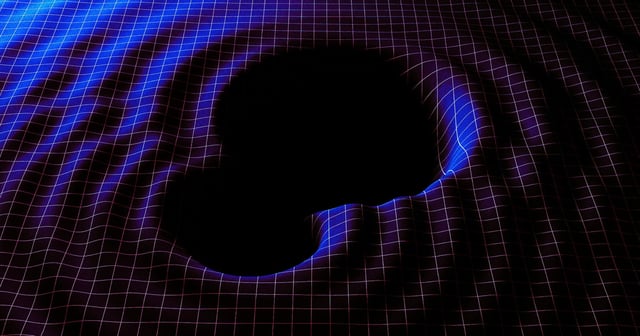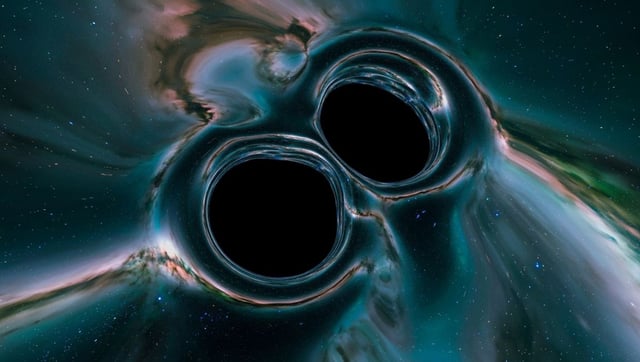Overview
- The LIGO-Virgo-KAGRA network recorded GW231123 on November 23, 2023, from an event about ten billion light-years away that involved two black holes merging.
- Component masses of approximately 103 and 137 times the sun’s mass produced a final black hole of around 225 solar masses, surpassing all previous stellar-mass records.
- The resulting remnant occupies the theoretical 60–130 solar-mass gap, indicating standard stellar evolution through pair-instability supernovae cannot account for its formation.
- Waveform analysis reveals both progenitor black holes were spinning near their relativistic limits—about 400,000 times faster than Earth’s rotation—which complicates modelling.
- Following a detailed presentation at Glasgow’s GR-Amaldi meeting, the GW231123 results are under peer review and are driving efforts to refine black hole formation models and to mine existing data for similar high-mass, high-spin mergers.



